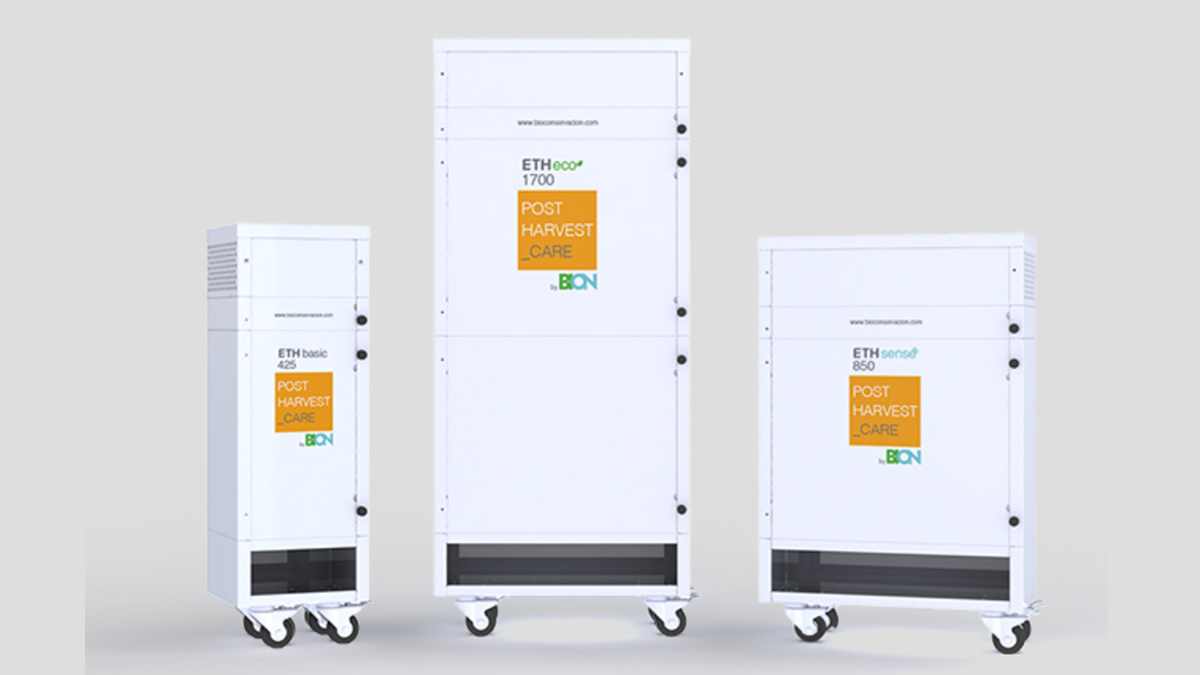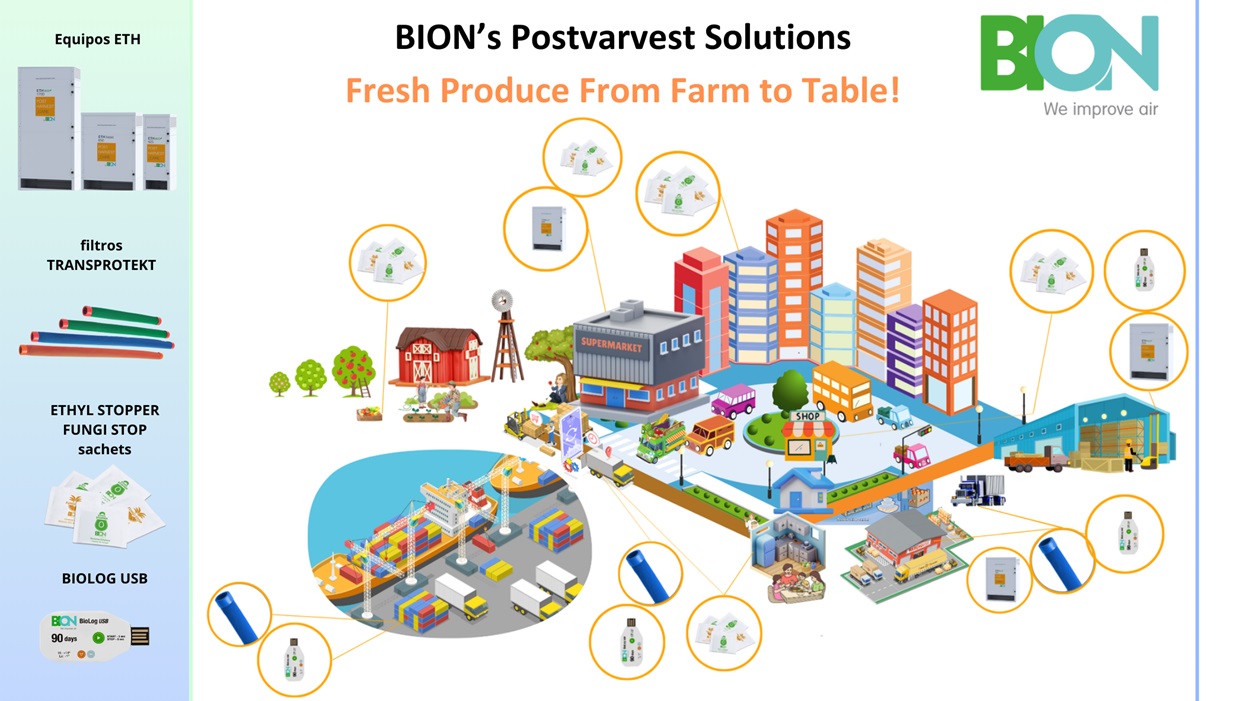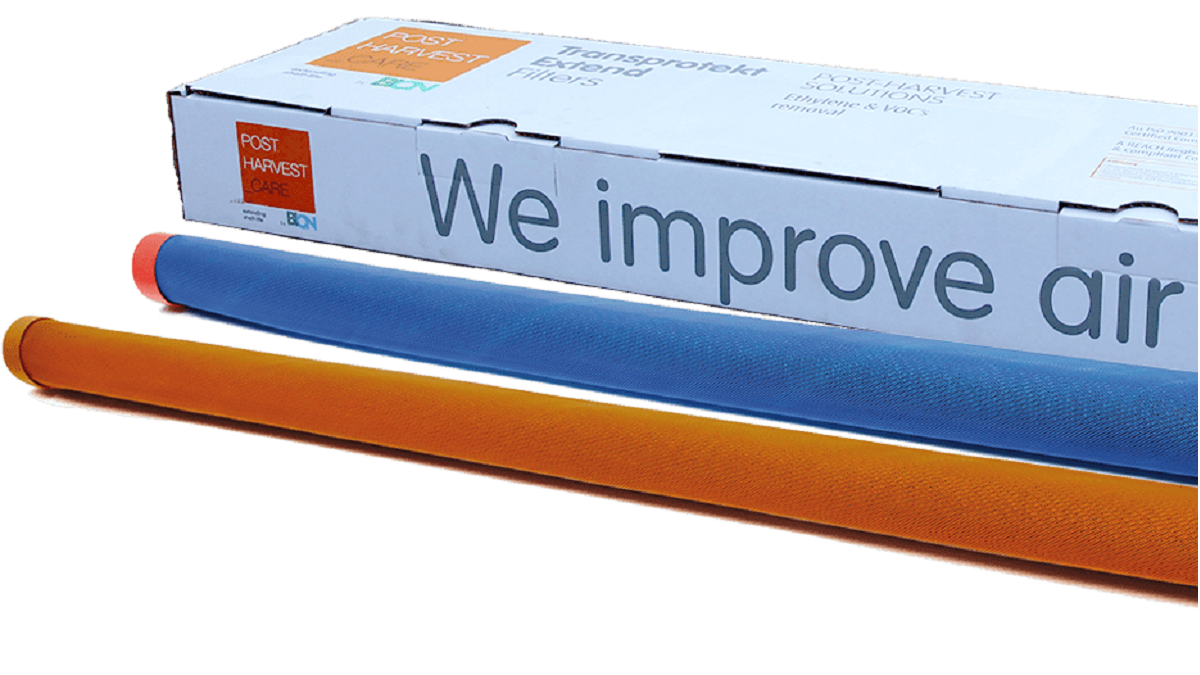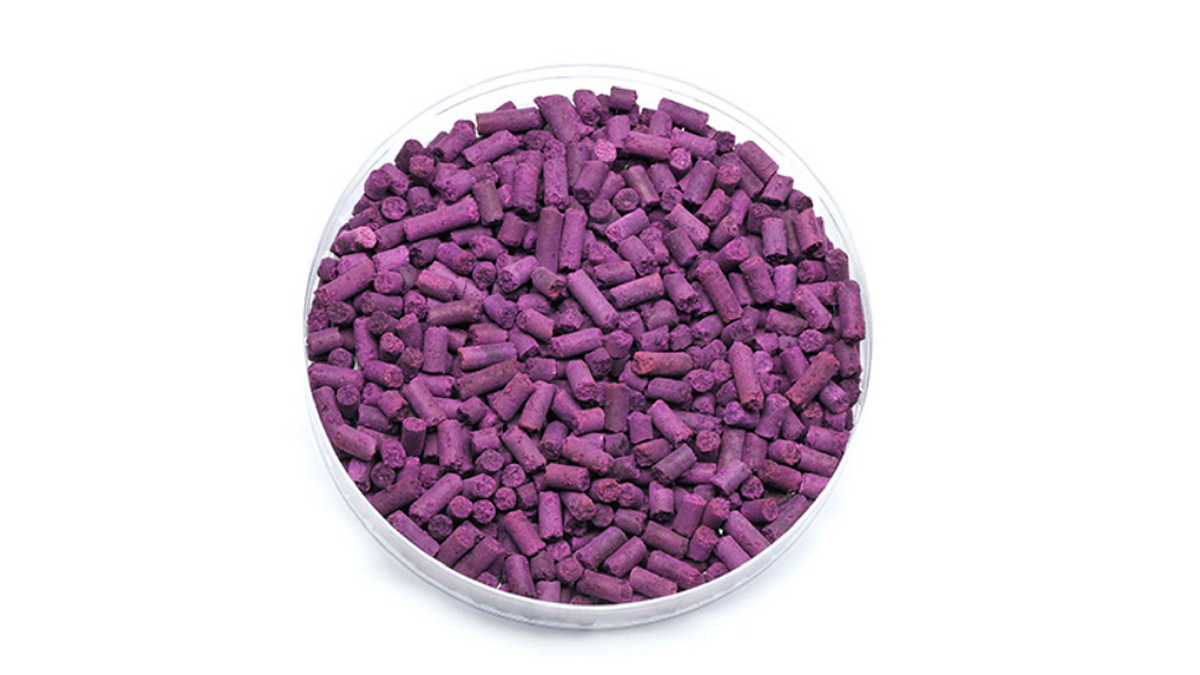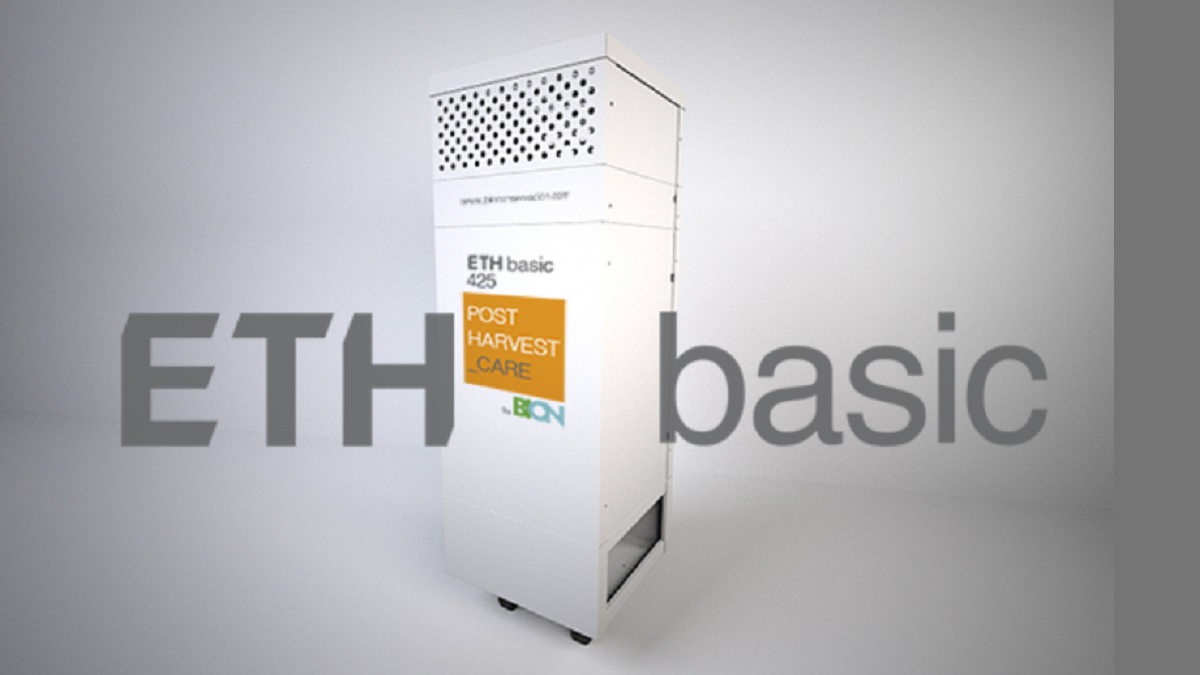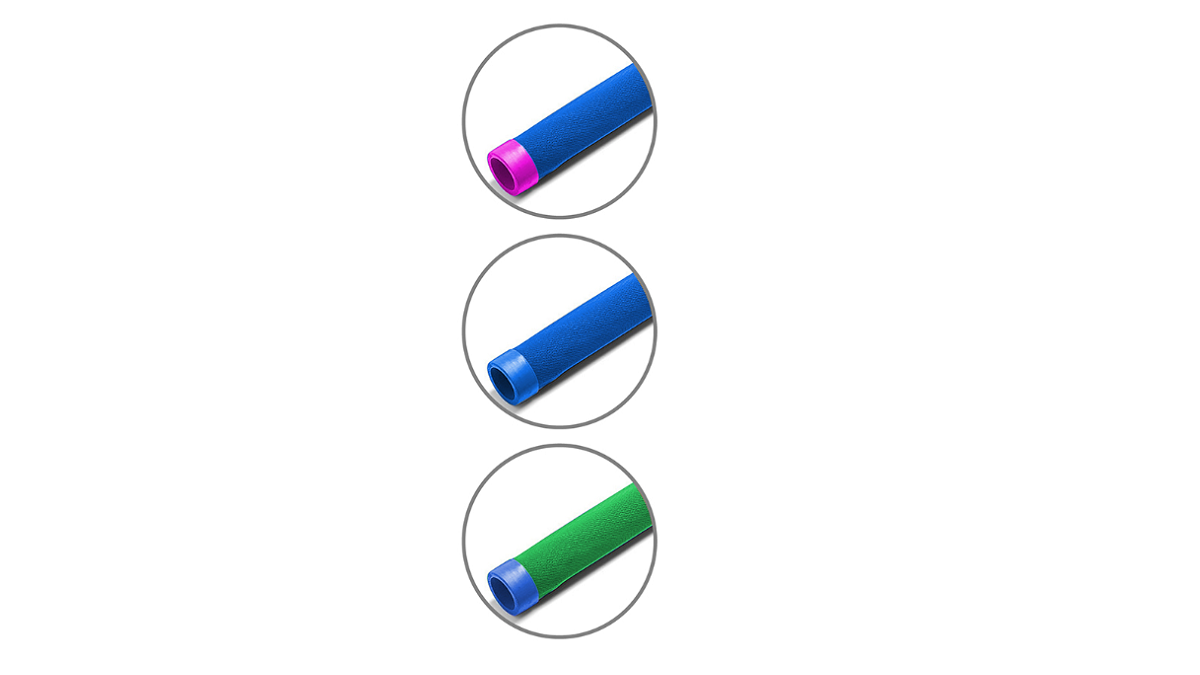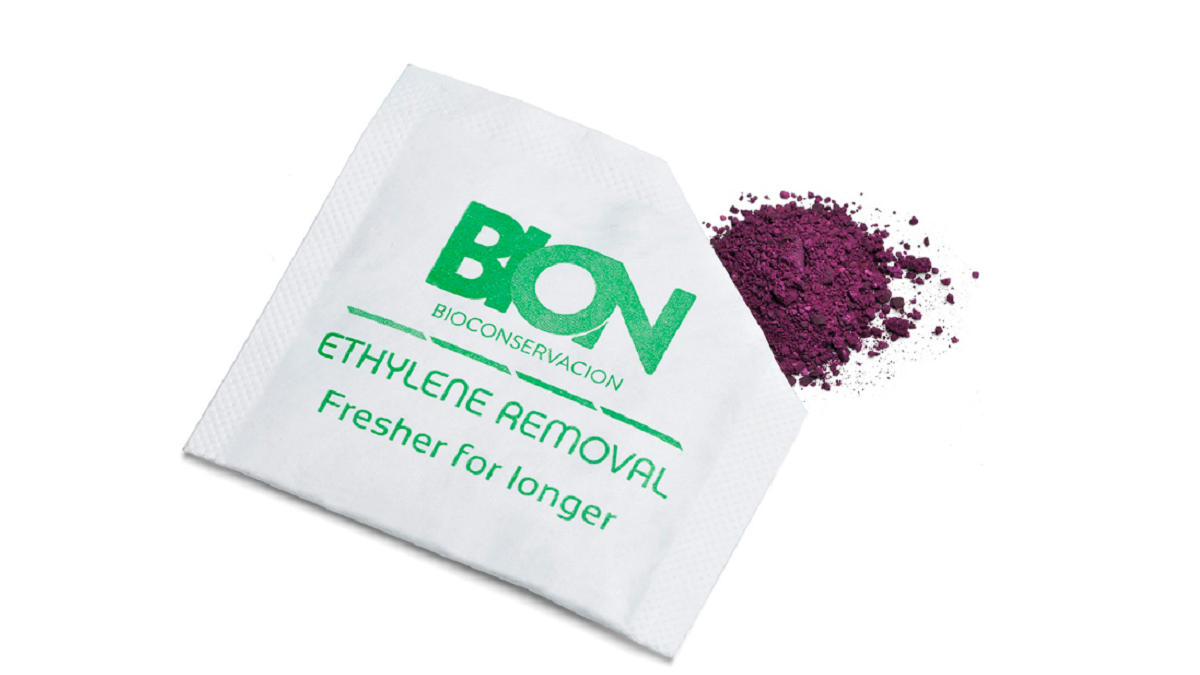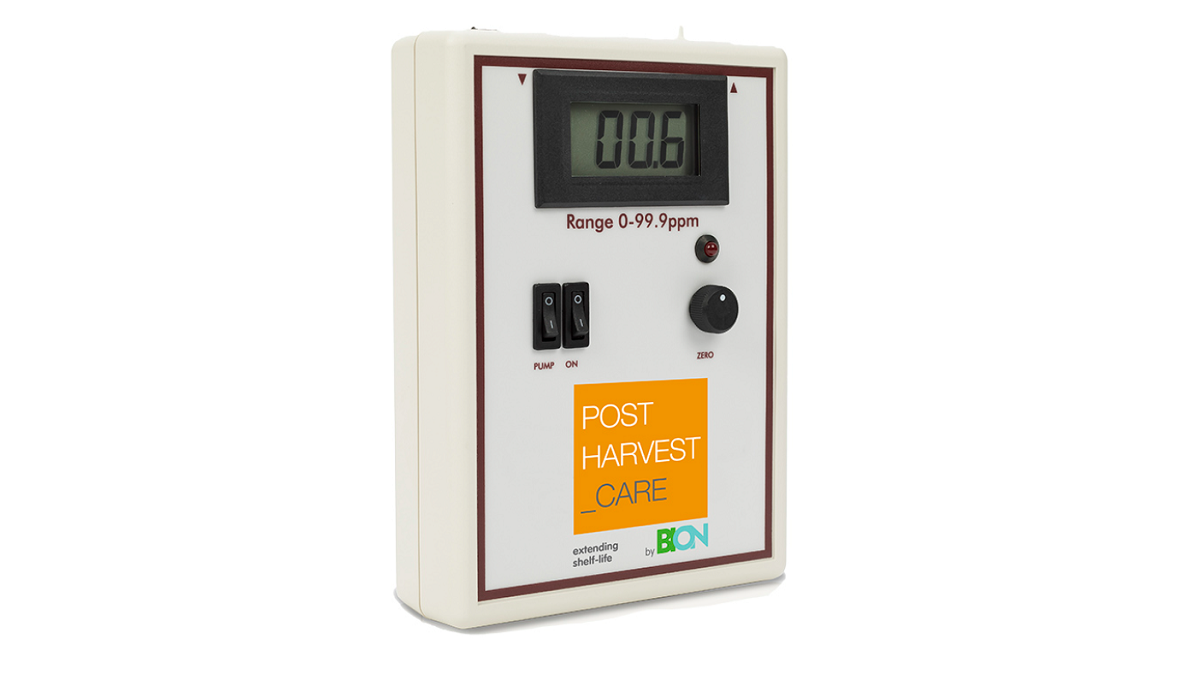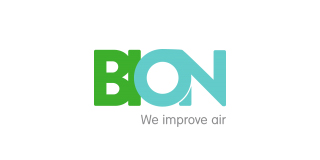

Bioconservación
Phytosanitaries
How to effectively remove ethylene during broccoli storage?
BION offers a wide range of solutions for eliminating ethylene, the hormone responsible for its senescence during postharvest storage
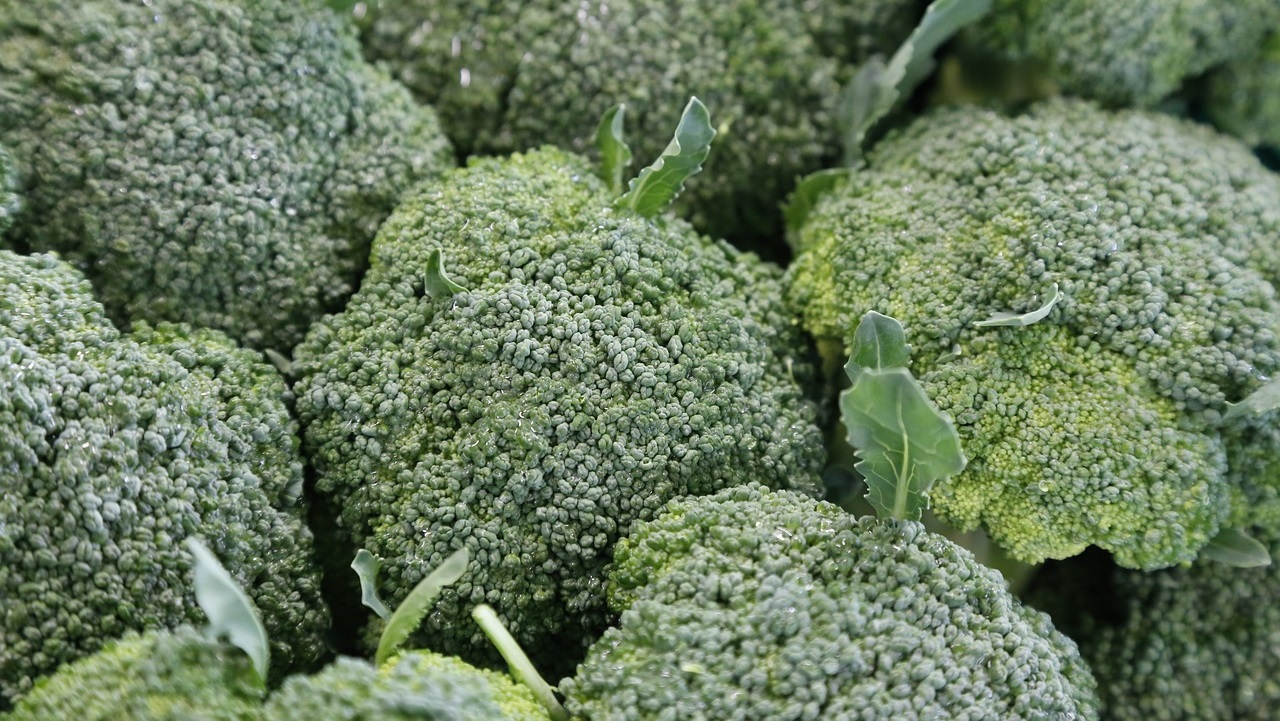
Broccoli (Brassica oleracea L. var. Italica, Brassicaceae family) is widely cultivated worldwide due to its culinary and nutraceutical value. In Spain, its cultivation is mainly concentrated in the Region of Murcia, although it is also produced in other regions of the country. Spanish broccoli production supplies numerous European countries.
This vegetable offers a wide variety of nutrients essential for health, such as fiber, vitamin E, vitamin C, vitamin K, iron, zinc, selenium, as well as flavonols like isorhamnetin, kaempferol, and quercetin. Additionally, it contains organosulfur compounds such as glucosinolates and S-methylcysteine sulfoxide, which also contribute to its nutritional properties and health benefits.
Postharvest Issues of Broccoli
Broccoli is harvested in its immature stage, exposing it to considerable stress due to the abrupt separation from the plant, which interrupts the supply of energy, nutrients, minerals, and hormones, thus triggering its senescence process. As a result, its postharvest conservation period is quite brief.
Vegetables like broccoli are considered highly perishable products, with a shelf life of approximately three to four weeks when stored at a temperature of 0°C, but only three or four days at 20°C.
The decrease in nutrients and loss of commercial quality of broccoli are mainly attributed to three factors:
- Excessive maturity at the time of harvest
- High temperatures during storage
- Exposure to ethylene
Broccoli senescence mainly manifests through the loss of its characteristic green color. This vegetable is especially susceptible to the effect of ethylene, a hormone that accelerates its senescence process and is activated after harvest, especially in a temperature range between 6 and 30°C. Yellowing is one of the most evident signs of this aging process. It has been observed that exposure to 2 ppm of ethylene at 10°C can reduce the shelf life of broccoli by 50%.
BION Solutions for Broccoli
BION offers a wide range of solutions for ethylene removal, volatile organic compounds (VOCs), and fungal spores, ensuring the freshness of broccoli, as well as other fruits and vegetables:
- Fungi Stop sachets, as shown in the video
- BION TRANSPROTEKT filters for transportation
- The ETH equipment range for storage in cooling chambers and containers


